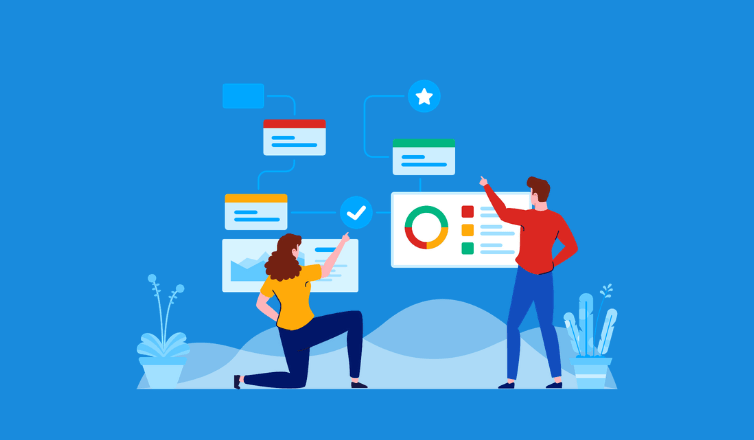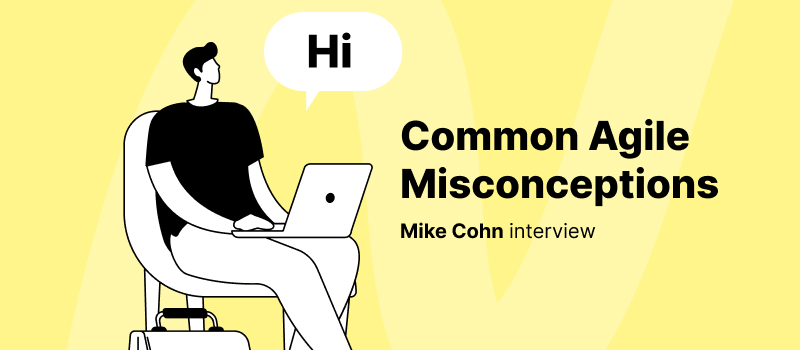
Anyone who has tried to find the right project management software for their architecture or construction company (no matter big or small) will agree, it can be a real pain.
On the one hand, there are tons of options out there, each claiming to make your life easier, boost collaboration, and skyrocket productivity.
You’ve got basic tools like Trello and Asana that work for just about anyone, and the specialized platforms like Autodesk BIM 360 and Archicad that cater specifically to the architecture crowd.
On the other hand, finding a tool that actually fits your firm’s unique needs and closely matches your workflow takes hours of scrolling through endless reviews and features lists, not to mention the integration headaches.
The good news is that we did some of the work for you. So, if you’re an architectural firm on the hunt for project management software, buckle up! We’ve analyzed the specific challenges you might face and made a selection of tools to address these.
Understanding the Unique Needs of Architectural Projects
Architecture project management software helps you keep your projects on track, from budgeting and scheduling to planning, staffing, invoicing-the works.
So, when you are looking at architecture project management software, there are a few key things to look for.
First and foremost, time tracking. Deadlines mean everything in your field. So, you need a tool that helps you schedule tasks, set milestones, and track progress to make sure your projects are delivered on time.
This tool should also be easy to use and manage, as most architecture companies don’t have an IT expert.
Then come visual planning tools, such as Gantt charts, and Kanban boards that help in mapping out timelines and dependencies. They provide for much easier management of complex project schedules.
Next, look for software with real-time collaboration features like shared workspaces, comment threads, and file sharing to keep all your clients, contractors, engineers, regulators, etc. on the same page.
Managing resources both material and human is another important thing. The right software should let you monitor your staff availability, and keep your budget in check to avoid the dreaded overruns.
Last but not least, choose the software with solid budgeting options, so you can easily create estimates, track expenses, and manage invoices. It’ll keep your finances in check.
And a few more things, architects are mostly on-site or on the move. So, mobile accessibility might become a game-changer. Make sure the software has a mobile app, so you can access everything you need while you’re out in the field.
Having the ability to integrate with other tools-such as CAD software or accounting systems is also a good perk to have. Check for software that offers APIs or pre-built integrations with tools you currently use.
With that in mind, here are the 11 project management software options we found perfect for architects.
Architect Project Management Software Tools
1. actiTIME
Key features:
- Automatic and manual time tracking
- Client billing
- Mobile app
actiTIME offers a combination of task management and time tracking to help your architectural team stay organized and get things done on time.
Whether you’re switching between projects or moving around, you can assign tasks, log your time effortlessly and use the past data to invoice clients and make informed estimations for upcoming projects.
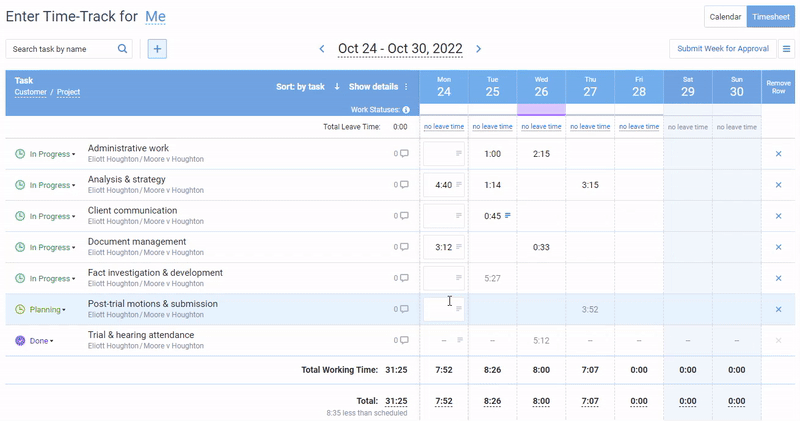
- Use the online timesheet, a one-click timer on the mobile app, or even an fully automated browser extension – whatever works best for you!
Create tasks with deadlines, estimates, priorities, and comments to keep everyone on the team in the loop about any project updates. - Set hourly rates for each team member and keep tabs on project costs and profitability, ensuring your budget stays in check and everyone gets paid fairly.
- Easily assess your team’s productivity results and resource usage at a glance. Detailed data makes it simple to identify bottlenecks or inefficiencies, allowing you to adapt swiftly and make informed decisions for future projects.


I’ll recommend actiTIME for an architectural business like ours
I’ll recommend the software, especially for architectural business like ours – the solution seems to be intuitive and streamlined, the learning curve is modest and the product works as you expected. A web-based interface is a big plus as well – it is very easy and very simple!
2. Outplanr
Key features:
- Task planning
- Workload management
- Email notifications
Outplanr is a project and resource managing tool that turns to-do lists into daily work plans so that all personal responsibilities and project-specific tasks are put in order.
You can divide big projects into small, bite-sized subtasks and use Floating Start Dates to make them roll over automatically if not completed, making teams flexible without losing track of what is to be done.
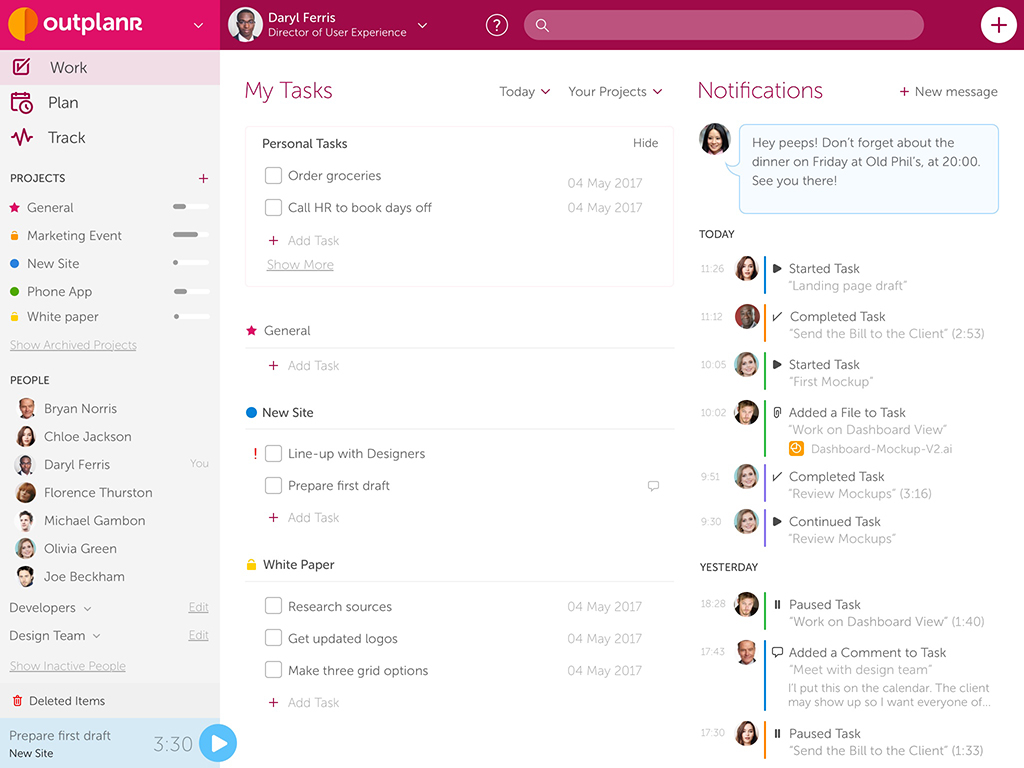
The Task Broadcasting feature ensures that the very moment an architect starts a task, the entire team is notified in real time, so everyone stays on the same page, and by putting task status to urgent, you notify team members immediately and push them to put critical work in the front line.
In case priorities change you can quickly import new tasks from lists, such as Excel by drag-and-drop, keeping all the project-related data in one accessible place.
3. BQE Core
Key features:
- Project management
- Accounting
- Payment processing
BQE Core is a cloud-based project management and accounting software designed specifically for creative industry firms, including architecture.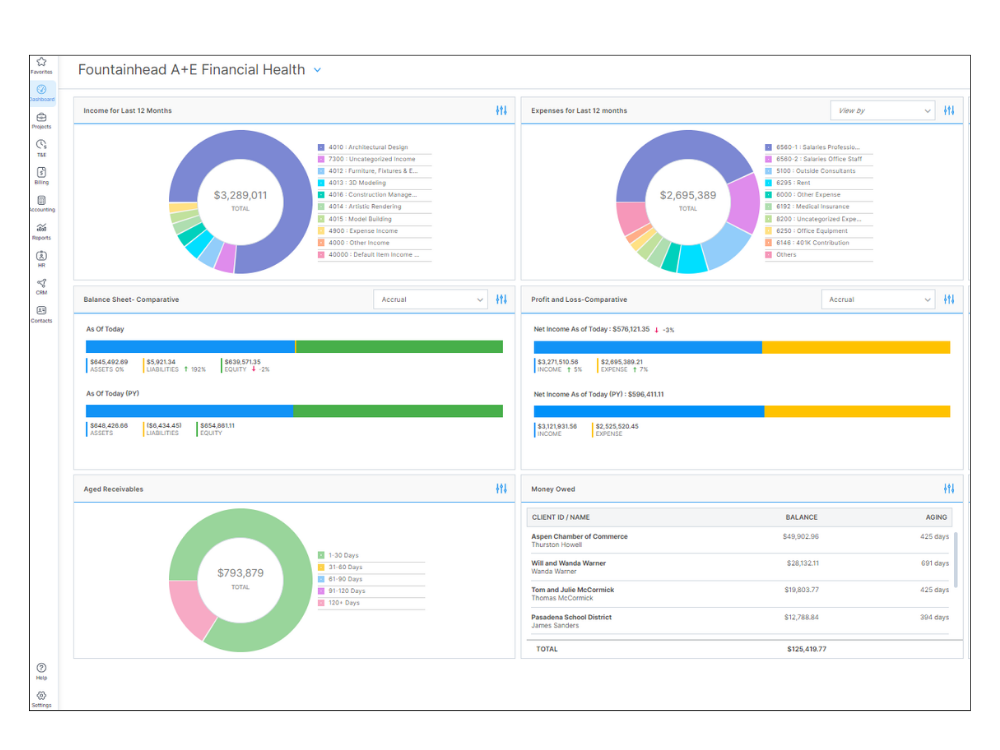
Apart from basic options like time logging and invoicing it offers tools for:
- Tracking various metrics as resource utilization and profitability.
- Creating and managing budgets, predicting costs and monitoring expenses in real time.
- Mapping out project timelines, assigning tasks, and visualizing work progress at various phases via interactive Gantt charts.
4. ArchSmarter
Key features:
- Revit macros
- Dynamo scripts
- Cheat sheets
ArchSmarter is an architecture project management platform specifically tailored for Revit users.
Its Revit macros enable you to generate your schedules, manage views, and manipulate project elements swiftly and accurately.
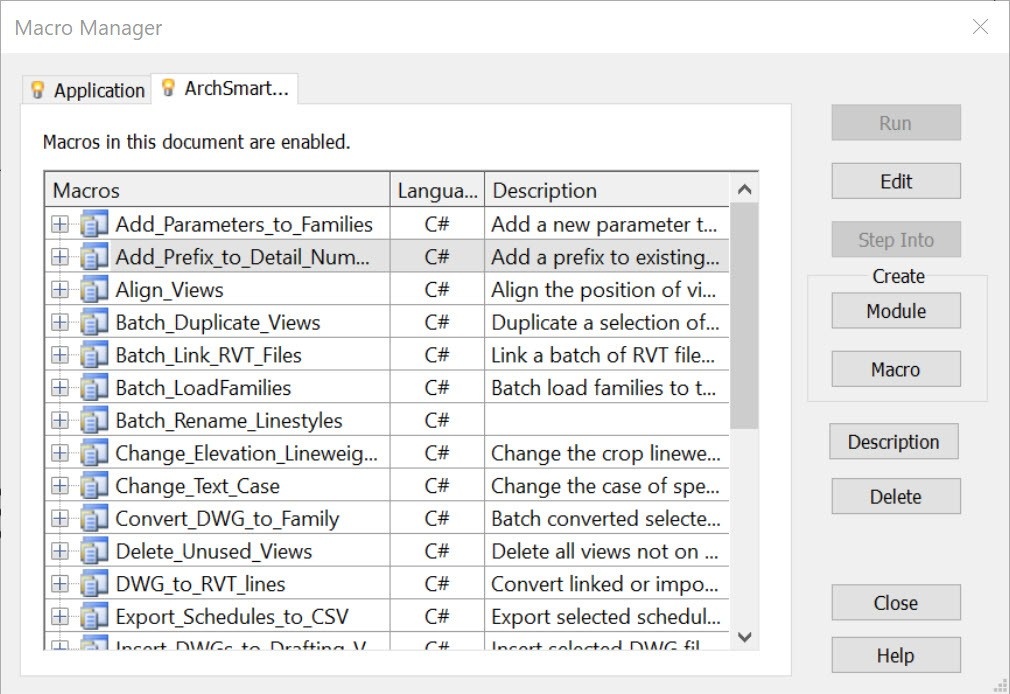
Dynamo scripts let you not only create complex geometries but help build effective workflows and timelines involving multiple iterations and changes.
In all, ArchSmarter utilizes automation and offers easy-to-use reference materials to streamline processes that often bog down project timelines.
5. GoodDay
Key features:
- Work calendar
- Gantt chart
- Reminders
GoodDay is a tool designed to improve collaboration across different teams, be it architectural firms or any other.
With its help, you can plan project workflows from scratch, create custom workflows that fit your specific architectural needs, and structure projects in a way that enhances clarity and boosts team collaboration just the way you want it to.
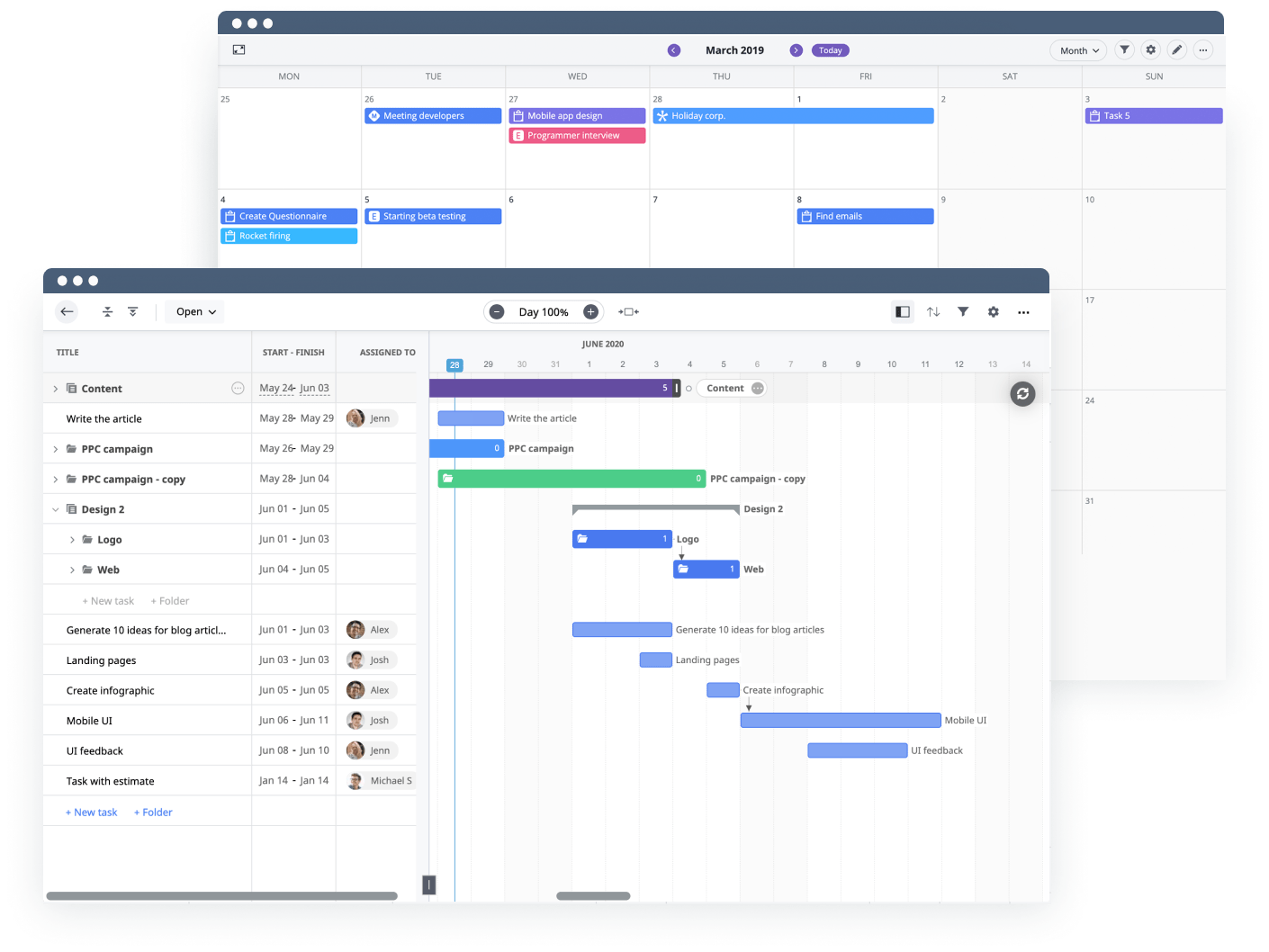
- Use data to set realistic deadlines for tasks, allocate your team’s time more effectively, and foster smoother project execution.
- Enjoy real-time updates on task completion and project milestones. Immediately address any delays and keep your projects on track.
- Get deep insights into the matters of team productivity, performance expenses, and revenues.
6. Archicad
Key features:
- Building information modeling (BIM)
- Team collaboration
- App integrations
Our list of the best architect project management software wouldn’t be complete without one of the most powerful tools available to architects today is Archicad, a BIM software developed by Graphisoft.
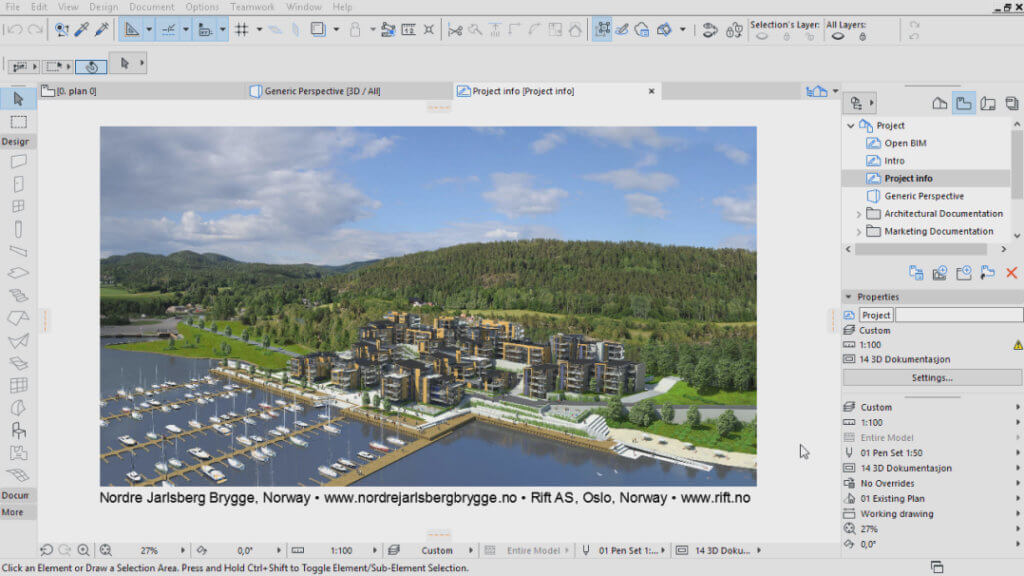
Apart from its modeling features Archicad includes tools for managing project timelines, budgets, and resources that enable teams to clearly set goals and deadlines for each phase of the project and monitor progress against these.
It also automates the generation of project documentation. Document changes made throughout the project lifecycle so that everyone is on the same page. A clear record of modifications helps to minimize the risk of miscommunication and lets clients easily see how their feedback has been incorporated.
7. Jira
Key features:
- Scrum
- Roadmaps
- Reports
Jira is an agile project management software that has gained global recognition across various industries including architectural firms and independent designers.
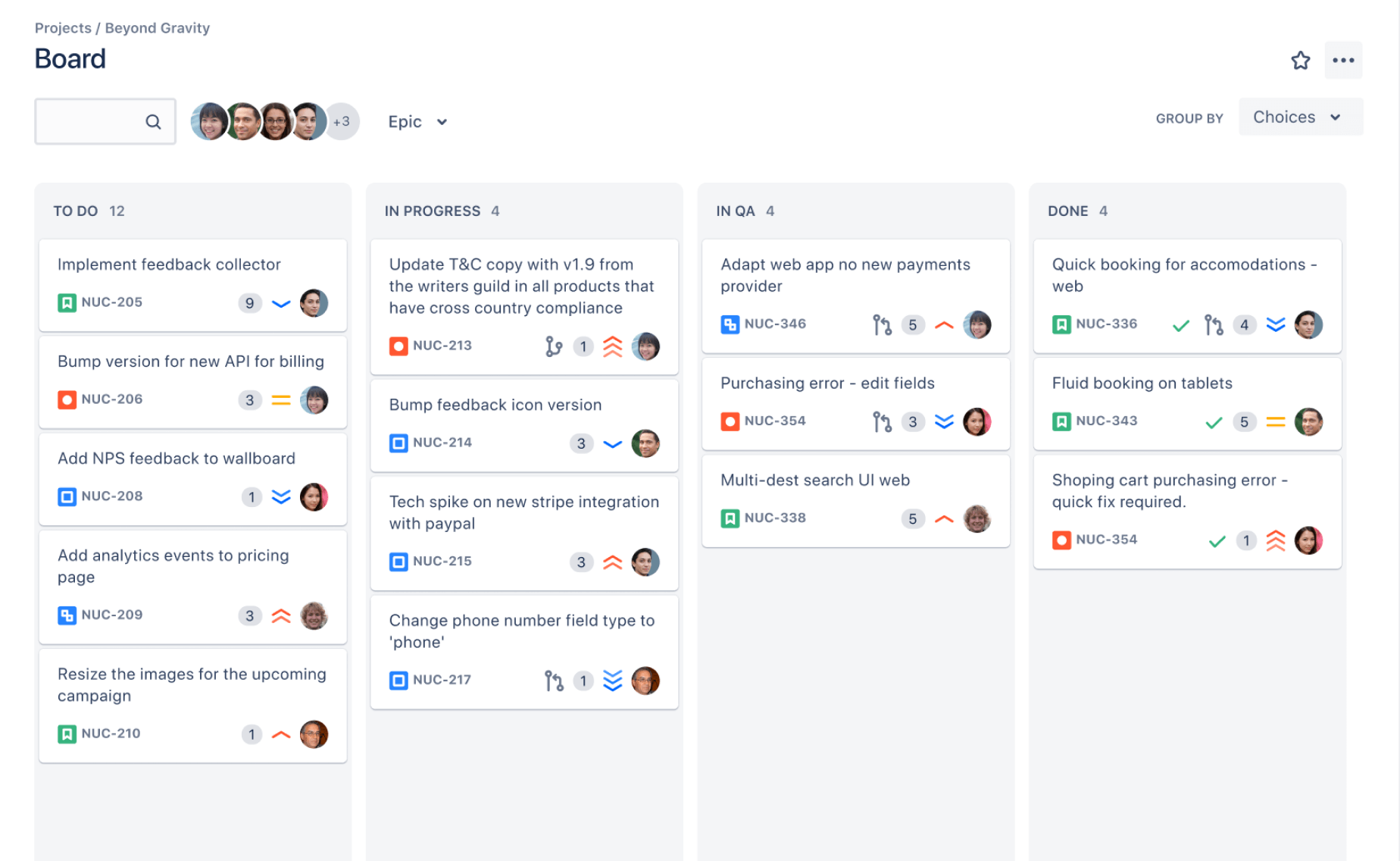
With the roadmap builder, Kanban and Scrum boards, task prioritization capabilities, performance reporting, and integrations, Jira equips architectural teams with all they need to manage projects more effectively.
And the integration with a huge list of other tools which the architects generally use, provides a centralized information hub where all data is stored relating to a certain project to avoid miscommunication and create a streamlined flow of tasks.
Moreover, Jira supports integration with many incredibly useful tools, and you can check some of them in this post.
8. Newforma
Key features:
- Centralized project management
- Communication
- Document management
This project information management software is created with architects’ needs in mind.
It lets you keep all project documents in one place and share files, drawings and specifications with vital stakeholders safely and quickly. The software also allows real-time updates of information on the project so that all parties involved are up to speed with any changes that may be taking place in the project.
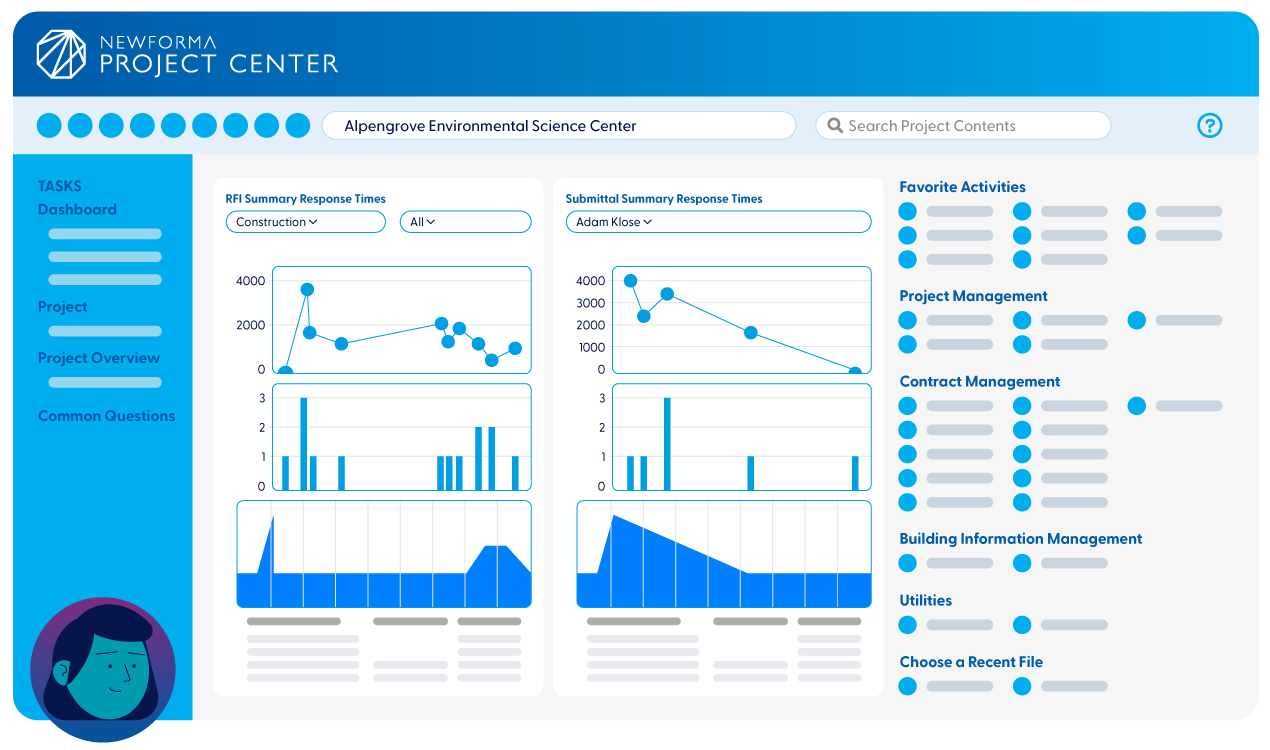
Collaborative messaging forums allow team members to discuss any challenges, ask relevant questions, and exchange ideas regarding innovative solutions in a streamlined environment.
On top of that Newforma provides tools to monitor timelines, budgets, and resource allocation and automates the repetitions of tasks and processes involved in a project, freeing the architect to attend to more critical aspects of the projects.
9. Monograph
Key features:
- Task planning
- Resource management
- Time tracking
Architects must juggle a lot of tasks in order to make their projects successful. Drowning in paperwork is an often-used metaphor to describe the amount of work that goes into project management. But Monograph is here to help make drowning a thing of the past.
Everything from task allocation to working through budgets can be simplified with Monograph:
- Project reports. Track progress, identify potential issues, and keep stakeholders informed. Get real-time insights that let you boast about how on top of things you really are, while also making it easy to pinpoint areas that need attention.
- Budgeting. With visually engaging budget tracking tools, you can analyze spending patterns, make informed financial decisions, and avoid those pesky overruns.
- Staff allocation. Assign tasks based on your team members’ strengths and availability and rest assured that everyone is engaged and productive.
10. Notion
Key features:
- Roadmaps
- Timelines
- Wikis
Notion helps to manage your projects effortlessly by putting together the full circle of plans and implementations in one space for visibility.
With its streamlined and flexible interface, it’s the perfect place for collaborating on tasks, planning timelines, and syncing shared data among team members.
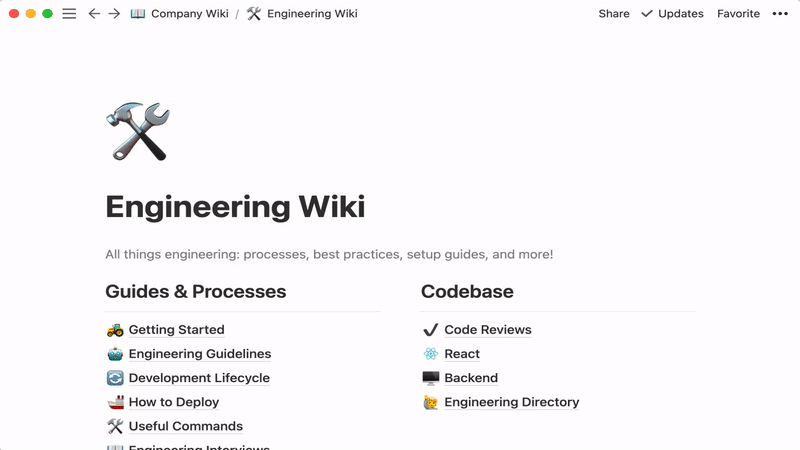
Notion gives you full visibility into progress and allows you to easily customize project workspaces to match your workflow.
Its calendar view presents visualization of project timelines, and team members can easily drag and drop tasks, set due dates, and get an immediate overview of the workload for their colleagues and themselves.
The Kanban-style project boards allow teams to segment tasks into different stages, such as “To Do,” “In Progress,” and “Completed” and watch status updates on project tasks.
Besides that, project workspaces can be tuned up as one’s workflow needs. Whether one prefers structured or free-form styles, Notion can follow the preferences of your team.
11. Heeros (aka Taimer)
Key features:
- Scheduling
- Collaboration
- Invoicing
Heeros, also known as Taimer, is a project management tool that takes care of tedious tasks.
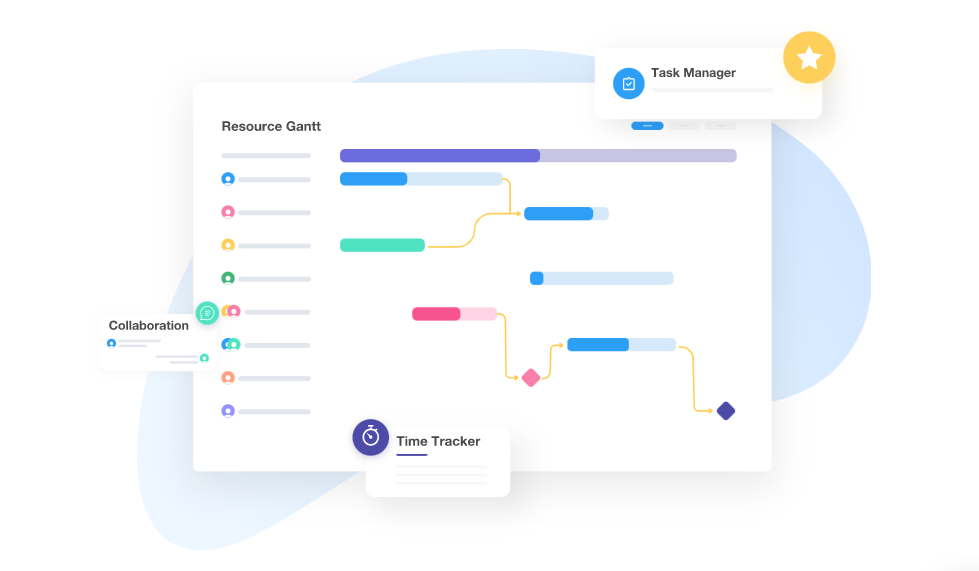
It provides a 360-degree view of client interactions with its integrated CRM system and responds immediately to their queries. Architects can track leads, follow up, and keep the history of projects with detailed information.
This all-around approach to client management secures that nothing is missed in client interactions, communications, and relationships.
It also allows the manager to track workloads to avoid overstaffing or underutilization of resources, log the expenses as they occur and categorize them by projects to derive valuable insights of budget performance.
Conclusion
Every project of architecture has its unique characteristics, just like all the software that can deal with those projects. The best option for a software choice for managing your projects means looking into every single choice before sticking with one.
Hopefully, this list of the best architect project management software has given you some ideas about which one might be best suited for your own venture. Don’t feel overwhelmed by the abundance of choices – take your time and consider all factors carefully so that you make a well-informed decision. After all, only you know what works best for you!
Now go forth, put in the work, and reap the rewards of successful project management armed with one of these great tools.













































